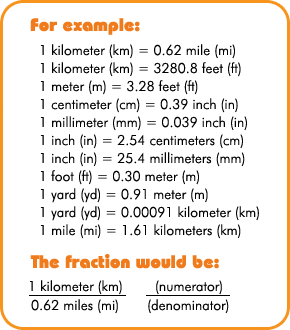
Tuesday, April 28, 2009
Tuesday, April 21, 2009
Wednesday, April 15, 2009
Tuesday, April 14, 2009
Hurricanes (unit 3)
Hurricanes often travel from the ocean to the coast and on to land, where the wind, rain, and huge waves can cause extensive destruction.
Generally, when a hurricane moves over land (or over cold ocean waters) the storm begins to weaken and quickly dies down because the storm is fueled by warm water.
On average, there are about 100 tropical cyclones worldwide each year; 12 of these form in the Atlantic Ocean, 15 form in the eastern Pacfic Ocean and the rest are in other areas.
Hurricane season is the time when most Atlantic Ocean hurricanes occur; it is from June 1 until November 30. In the eastern Pacific Ocean, hurricane season is from May 15 until November 30.
The marine flags that alert boaters to a hurricane are two square red banners, each with a black square in the middle:
A hurricane is a powerful, rotating storm that forms over warm oceans near the Equator. Another name for a hurricane is a tropical cyclone. Hurricanes have strong, rotating winds (at least 74 miles per hour or 119 kilometers per hour), a huge amount of rain, low air pressure, thunder and lightning. The cyclonic winds of a hurricane rotate in a counterclockwise direction around a central, calm eye.
To know more about hurricanes click here:
- Introduction to hurricanes
- How hurricanes form
- Naming hurricanes
- Hurricane structure
- Hurricane classification
- Tracking hurricanes
- Preparing for a hurricane
- Hurricane activities
- Glossary
Wednesday, April 1, 2009
Subscribe to:
Comments (Atom)
Blog Archive
-
▼
2009
(56)
-
▼
April
(15)
- la niña que silenció al mundo
- LEARN EVERYTHING ABOUT NUMBERS
- EARTHQUAKES
- BRIEF INTRODUCTION TO DATA AND STATISTICS
- AREAS EXPERT
- HUMAN NUTRITION
- LIFELONG LEARNING:METRIC LENGTH
- PLANT NUTRITION
- RIVERS
- METRIC UNITS AND MEASUREMENTS
- PLANE FIGURES PRACTICE
- DO YOU KNOW WHAT PLANE FIGURES ARE?
- Hurricanes (unit 3)
- BASIC GEOMETRY
- VOLCANOES
-
▼
April
(15)











